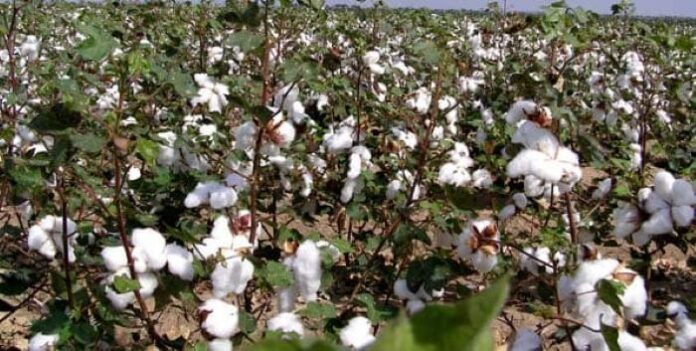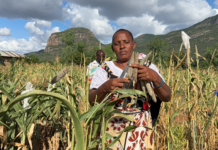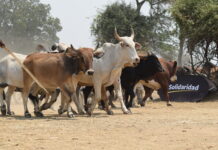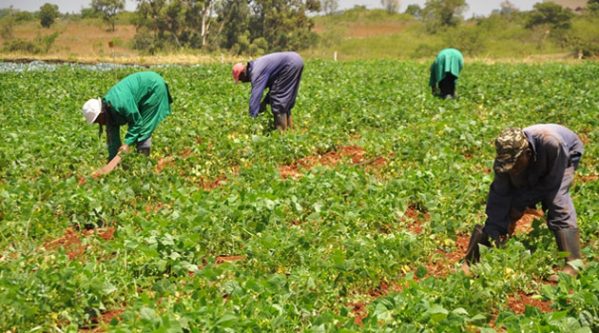The government of Kenya has come up with various strategies towards reviving cotton production among smalholder farmers in key production areas where the crop was grown before the collapse of the sector in 1980s.
According to Juma Mukhwana, Kenya’s ministry of Industrialization Principal Secretary, the national government is collaborating with counties from the Lake Region Economic Block (LREB) to kick off plans to revive the collapsed cotton industry.
“We are targeting smallholder cotton farmers in the counties surrounding Lake Victoria such as Busia, Bungoma, Siaya and Kisum,” said Mukhwana adding that the revival of cotton ginneries and cotton farming in general will boost the economy in the western region of Kenya and the country.
Announcing this while in a tour of the counties in the region, the permanent secretary with Crops counterpart Philip Harsama said that one of the strategy of the government is the free distribution of quality cotton seeds to farmers in the counties to bolster production.
“So far the government has distributed 16 tonnes of cotton seeds worth Ksh50 million to cotton farmers in Kisumu, Busia and Bungoma. This is in addition to free insecticides so that the farmers can go back to cotton production,” said Mukhwana.
Also in the government’s strategy is the provision of fertilizer and chemicals to farmers to increase production since the quantity of cotton produced by local farmers was too little and insufficient for the available industries.
Farmers had cited that poor-quality seed, high input costs, weather, and low farm gate prices that prevent re-investment as key contributors affecting cotton farming.
Additionally, lack of access to funds to improve farming has made farmers fail to meet the market demands for both yield and quality, perpetuating low incomes and preventing investments in higher quality inputs.
Poor management
The two agreed that the fall of the industry in the yester years was also attributed to poor management of cotton ginneries and that with the strategies the industry can be brought back to life.
“The fall of cotton ginneries negatively affected the economy in the region and we must come in aptly and strategize on how best the industry can be revived for the benefit of our farmers and the economy of the country,” said Harsama.
Market
In addition, the government will also help farmers find markets with good prices for their produce as a way of motivating them into production.
“We don’t want to repeat the same mistakes committed before, as a county we are aiming at utilizing over 3,000 acres in cotton farming. We will also engage the youths who have skills to manufacture products from cotton at Busia industrial park in order to promote youths and local industry,” said Paul Otuoma, Busia Governor.
Currently at its revival process, the industry engages 21,000 people indirectly in formal employment, over 30,000 in informal setting and 40,000 households take part in cotton growing.








